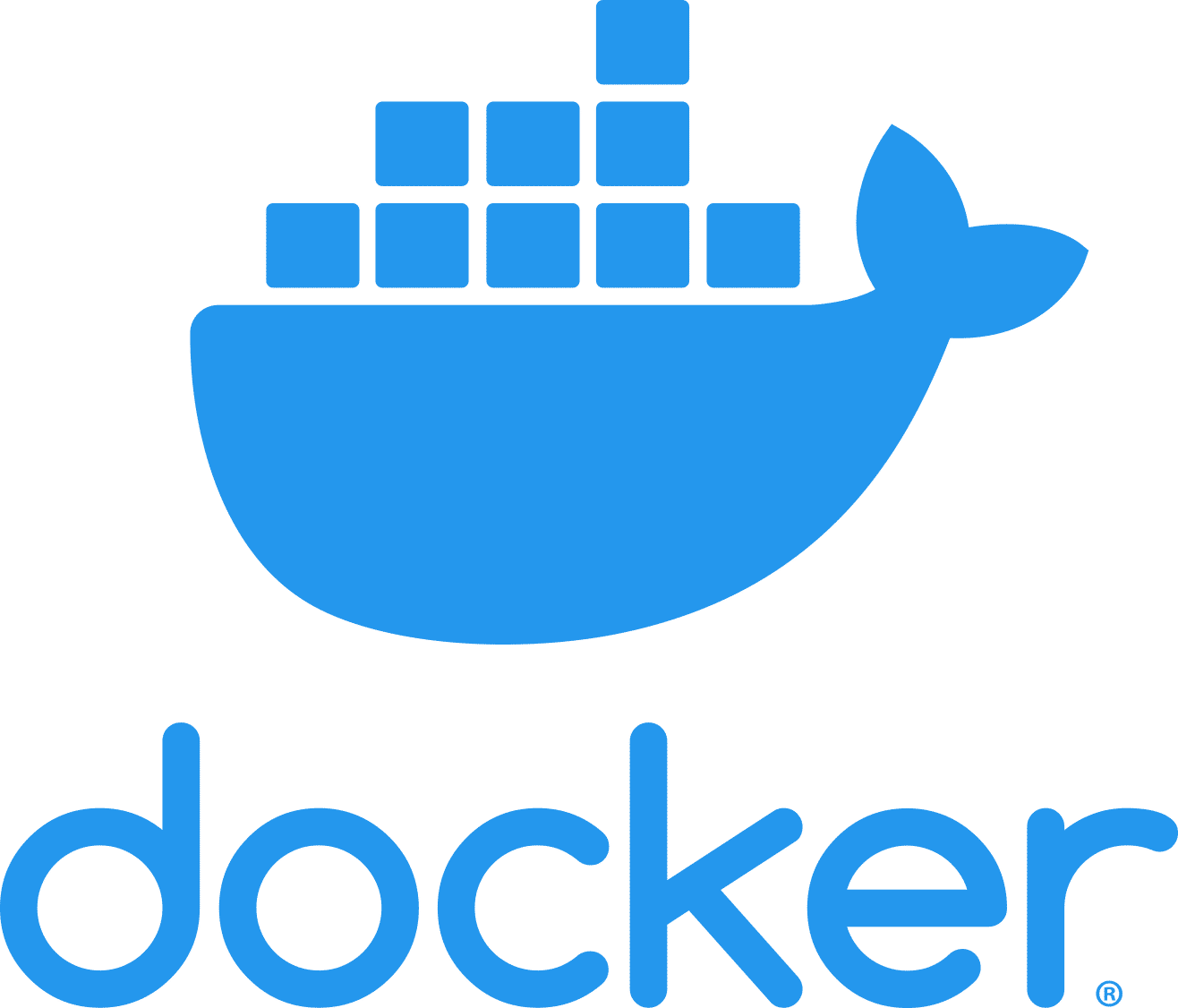How much does it cost to hire an offshore NestJS developer?

Average cost of NestJS
development (USD)
The average rates for offshore software development services based on the YouTeam platforms’s data: 300+ outsourcing companies with a joint talent pool of 20,000+ software engineers.

NestJS Developer Salary vs. Rates on NestJS Software Development Services: what’s the difference? Our data includes not only salary itself, but bonuses, non-financial benefits, paid vacations, office costs, and taxes for each developer. So you can see the final amount that should be paid for the work of an outsourced senior NestJS developer.

YouTeam is the #1 solution for on-demand engineering staff augmentation in the world. Our YCombinator-backed platform unites resources of 300+ top development agencies of Eastern Europe and Latin America in one talent tool. This makes us first who can find the best available matches for each project.
Why hire engineers with YouTeam
 Our model is trusted by Y Combinator
Our model is trusted by Y Combinator
 Each engineer passed a multi-stage vetting procedure
Each engineer passed a multi-stage vetting procedure
 You can request an add-on skills verification via HackerRank for Work
You can request an add-on skills verification via HackerRank for Work
 We provide the right matches in a matter of hours
We provide the right matches in a matter of hours
Related Technologies

NodeJS
NodeJS is a back-end JS runtime environment used to create network apps. Cost of NodeJS development
JavaScript
JavaScript is a scripting language for web pages and non-browser environments. Cost of JavaScript development
Docker
Docker is an open-source platform for app development helping to separate an application from infrastructure and manage them in a similar way. Cost of Docker development
Read about Work with NestJS Developers
 Top Companies that Used Node.js in Production
Top Companies that Used Node.js in Production
YouTeam Editorial Team
 Hiring a Node.js Developer in 2024: The Ultimate Guide
Hiring a Node.js Developer in 2024: The Ultimate Guide
Svetlana Shevchuk

Understanding NestJS as a
programming language
- NestJS - what is it?
- What is NestJS used for?
- NestJS tools
- Who is a NestJS developer?
- NestJS developer experience levels
- Tasks and responsibilities of a NestJS developer
- Required skills of a NestJS developer
- Types of NestJS developers: freelancers, in-house engineers, outsourced developers
- How to write the NestJS job description?
- NestJS developer hard skills assessment questions
NestJS is an open-source framework for developing scalable applications. It is created with such elements as TypeScript, FP (Functional Programming), and FRP (Functional Reactive Programming), and also has some elements of OOP.
Talking about the advantages of this framework, it supports multiple languages in the application, which you can switch in the process. With NestJS, you can easily and quickly move from AngularJS to back-end development. Moreover, you can benefit from the following advantages:
- Easy to learn, implement and use technology
- Powerful CLI for easier development
- It is open-source
- Easy unit-testing
- Detailed and well-maintained documentation
The most common use of NestJS is back-end development. This framework uses progressive JavaScript, so if you need to hire a NestJS engineer, you can search for them among the JavaScript developers. You can create demanding back-end API systems thanks to their scalability, extensibility, and versatility. This framework also supports different libraries (MongoDB, MySQL, and PostgreSQL) and clouds (Azure, AWS). NestJS offers dependency injection as it is highly influenced by ReactJS, AngularJS, and VueJS.
NestJS is a framework that uses modern technologies to provide developers with applications that will be long-lasting and easy to maintain. It can also use GraphQL to connect to WebSockets and create microservices.
There are also some reasons why developers prefer using NestJS over other frameworks:
- Quick and easy development process
- Scalable and easy to maintain web applications
- Large NestJS community
- Use of TypeScript and NodeJS patterns
- Angular is the base of the application development structure. Such structure allows pointing more attention to design development rather than to architecture development
There are many tools that the NestJS engineer can use to fasten the development process and make it easier to maintain the end application. After discovering what tools NestJS has, you will know what to write in the requirements while searching for the NestJS developer. Here are the most popular of them:
- The Nest CLI. It is a command-line interface tool that helps a lot initialize, develop and maintain the NestJS applications. This tool also has some ways to ease the process: prepare the project, serve it throughout the development process and build the product for its further distribution.
- MongoDB. NestJS supports integrating Mongo database for storing and transferring files from the NestJS application.
- SQL (TypeORM). It is the most mature and the best Object Relational Mapper (ORM) available for NodeJS frameworks as it helps link the web application to the relational database.
- DTO schema. DTO (Data Transfer Object) defines how the data will be transferred through the network. This tool is used for faster data transferring and for not saving some unnecessary or wrong objects in database objects.
A NestJS programmer is an IT specialist whose specification field is developing back-end applications using the NestJS framework. Usually, they are NodeJS engineers with advanced knowledge of NestJS.
Among the tech skills, NestJS developers should have are a deep understanding of TypeScript and JavaScript. If a developer knows not only NestJS but also React and Python, they can work as full-stack developers.
Talking about the experience levels of NestJS developers, they have the next three levels:
- Junior NestJS developers
Junior NestJS developers usually have from 0 to 2 years of experience. This level of expertise requires basic knowledge of NestJS, TypeScript, and JavaScript, little understanding and use of clouds, libraries, and Git. To develop their skills, these developers usually work in teams where they can ask for advice and learn under the mentorship of more experienced developers. - Middle NestJS developers
Middle NestJS developers have from three to five years of experience. Developers with this experience level should have a deeper knowledge of the NestJS framework and other technologies like a good understanding of front-end technologies, NodeJS frameworks, and RESTful APIs. Сomparing to junior developers, middle engineers often come up with their ideas on project and product improvements, and they are already skilled enough to independently work on developing and implementing software solutions. - Senior NestJS developers
Senior NestJS developers have more than five years of experience which requires them to have advanced knowledge of TypeScript and JavaScript, multiple programming languages and frameworks, and have advanced error handling skills. Sometimes they become full-stack engineers. Senior software engineers should also have advanced soft skills, such as collaboration and management skills, to increase the quality of teamwork and manage junior developers.
NestJS software developers usually have the following tasks and responsibilities:
- Integrating the elements, which front-end developers created with server-side logic.
- Writing of clear and efficient code
- Working on data security and protection
- Designing, developing, and implementing high-availability applications
- Using and integrating databases for web services
There is a set of required skills that an experienced NestJS software engineer should have:
- Strong understanding of JavaScript
- Knowledge and ability to use such deployment tools as Kubernetes and Docker
- Basic knowledge of technologies that use front-end engineers (HTML, CSS)
- Knowledge of server-side templating languages
- Understanding the differences between types of delivering platforms and optimizing the output for each of them
If you need to hire a NodeJS developer with NestJS expertise, you often have three options: freelancers, in-house engineers, and outsourced programmers.
- Freelance NestJS developers
Freelance NestJS developers usually don’t work on companies which means they can leave the projects as soon as it is finished or if they are not interested in it anymore, which makes the developing process a bit unstable. On the other hand, they can be a good option for the short-term project or if the startup doesn’t have a big budget as freelancers are usually cheaper and work only throughout the duration of the project. The hiring process on freelance platforms is quite simple and you can find a developer in a day. However, it is really difficult to find good developers who will meet all the requirements among the freelancers as they often have interesting projects they work on or are employed by software development companies. - In-house NestJS developers
This type of developer will perfectly fit if you are in a core development stage. In-house developers are more dedicated to the project and will work full-time to provide a high-quality product. However, there are some cons of hiring in-house developers—you will have to supply them with technologies and all needed tools, as well as pay different bonuses and cover extra expenses. Although, these disadvantages are nothing compared to the fact that you get highly skilled workers who will be able to come up with new ideas to create the best product. - Outsourced NestJS developers
You can hire developers with an outsourcing or outstaffing model. Outsourced developers are a great option as they work on reliable development agencies. You can hire a full-time developer or a team of engineers who will be a helpful part of your in-house developers. One of the advantages is that it is cost-effective as you only pay for the work and can hire from countries where the development services are cheaper but at the same high-quality level.
Before searching the developers, it is important to prepare a detailed project and developer job description to attract the right tech talent. Here are some of the tips that you can put in your description.
- Write the job title and requirements
- Describe your project in detail and point out your expectations about the finished product
- Describe your company and its field or industry(it will help to attract more matching developers with experience in the same industry)
- Point out the development stage (for developers to know what they will do: develop or maintain the project)
- List all the required tech and soft skills
- Write about the responsibilities the developer will have
Talking the questions you can ask to test the candidate’s hard skills, you can use the following:
- What are NestJS and its functionality? Where can you use it?
- How does NestJS work?
- If NestJS is single-threaded, then how does it handle concurrency?
- How is NestJS most frequently used?
- Why is NestJS preferred over other back-end technologies like Java and PHP?
- What is the difference between AngularJS and NodeJS?
Tell us about your plans on a brief intro call and we’ll start the matching process.
FAQ about Hiring NestJS Developers
Why hire NestJS developers with YouTeam?
YouTeam helps customers by providing highly skilled developers in less than 48 hours, which makes it the fastest solution in the marketplace. You can get an entire team of top-notch engineers from Eastern Europe or Latin America in two weeks. Moreover, the developers have extensive experience and work in reliable software development agencies.
How does YouTeam vet NestJS software developers?
YouTeam vets candidates in several stages. We have a pool of more than 20,000 experienced developers, which means you will get the best candidate with the required skill set. We select the best matching candidates by making the pre-interviews to ensure they meet all client requirements.
How much does it cost to hire the best NestJS developers using YouTeam?
The cost of such job type varies depending on many reasons: developer’s location, experience, and how advanced their tech and soft skills are. In YouTeam, the average hourly rate of NestJS developers is $55.
Where are the best offshore NestJS engineers located?
The best offshore NestJS engineers are located in Latin America and Eastern Europe. As these areas have fast technical growth, the number of skilled developers there has also increased. Choosing developers from these destinations is also a cost-effective solution due to their lower cost of living and lower developers’ rates as a result. With such a wide outsourcing market, US companies find it efficient to hire experienced developers in these locations.
How is YouTeam different from freelancer portals for hiring NestJS developers?
YouTeam doesn’t provide freelancers but only developers from reliable agencies. They have all the required tech and soft skills and also the needed experience level. When you hire developers with YouTeam, you can expect them to be fully involved in the development process. Moreover, in cases when something goes wrong, we can replace the engineer in a short period of time.
Why hire a remote team of NestJS developers?
Hiring a team of NestJS developers is a good option as the development process goes faster. Working in a team makes the performance rate higher as engineers are more motivated to finish the work well. Also, if the developers will leave the project, other team members will easily distribute the task between each other, which also won’t influence the project.
How NestJS developer salary is different, and why?
The average NestJS developer salary mostly depends on the developer’s location and their tech and soft skills. The rates of offshore developers are usually lower compared to the US salaries due to the lower cost of living in these countries. Due to Payscale, the average salary of NestJS developers in the US is around $104K per year, while in Latin America, this range is from $20K to $40K depending on the country. In Eastern Europe, the yearly salary base varies from $22K to $38K.
